Pager, a nine year old Macaque, plays MindPong with his Neuralink.
Get the latest international news and world events from around the world.

Could gene therapy soon curb muscle loss in the elderly?
Researchers at NTNU have managed to restore muscle function in older mice with muscle loss using advanced gene therapy. The hope is that this method might eventually be used on humans to prevent severe loss of muscle mass.
“Gene therapy is the most effective method to be able to give these people the same health benefits you normally get with physical exercise,” says Moreira, who has been involved in the new research. He is part of the Cardiac Exercise Research Group (CERG).
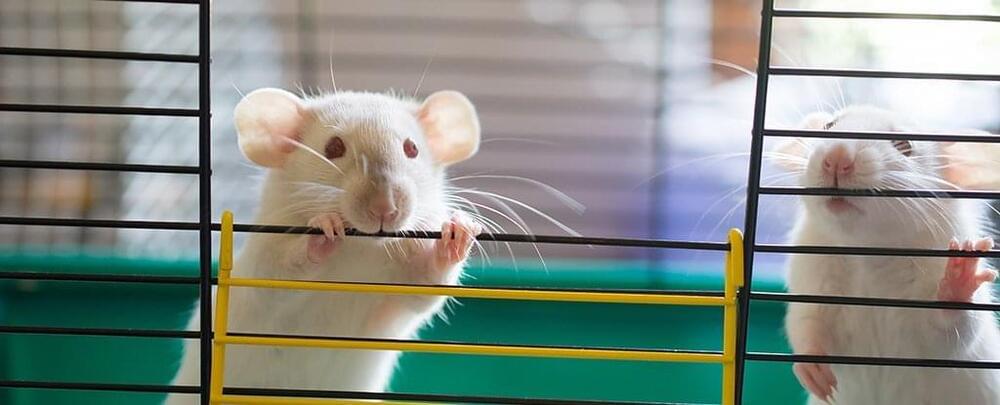
Cellular ‘Rejuvenation’ Experiment in Mice Reverses Signs of Aging, Scientists Say
With age comes experience. And with experience come sore backs, tired bones, and increased risks from a large number of diseases.
Scientists have long been trying figure out how to stop these aches and pains in our twilight years, and to make us live longer and healthier lives at the same time.
While it’s likely a long way off from being ready for humans, a new study investigating the long-term ‘partial reprogramming’ of cells in mice appears to have produced some very intriguing results.
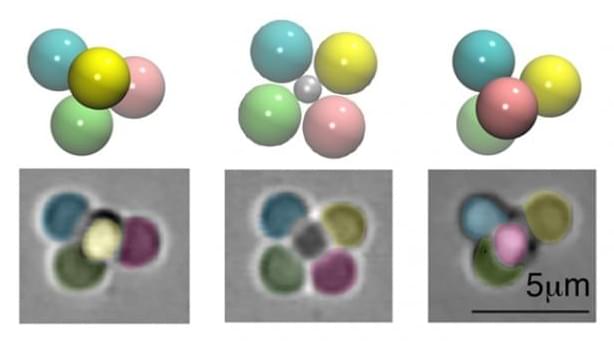
Stanford engineers develop computer that operates on water droplets
Circa 2015
Stanford bioengineer Manu Prakash and his students have developed a synchronous computer that operates using the unique physics of moving water droplets.
Computers and water typically don’t mix, but in Manu Prakash’s lab, the two are one and the same. Prakash, an assistant professor of bioengineering at Stanford, and his students have built a synchronous computer that operates using the unique physics of moving water droplets.
The computer is nearly a decade in the making, incubated from an idea that struck Prakash when he was a graduate student. The work combines his expertise in manipulating droplet fluid dynamics with a fundamental element of computer science – an operating clock.
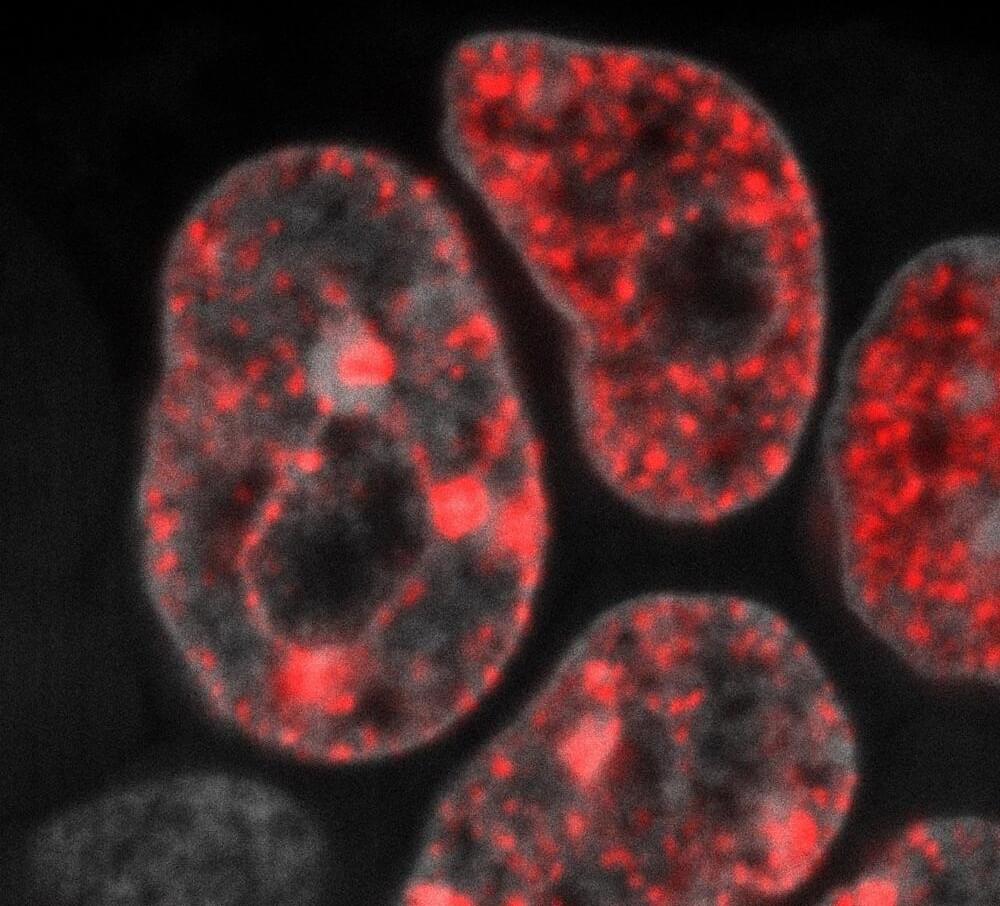
DNA Replication Speed Limit Could Be a Breakthrough for Stem Cell Therapy
Adult cells in our body can only give rise to the same cell type. For example, a skin cell cannot give rise to a muscle cell but to skin cells only. This limits the potential use of adult cells for therapy. During early development, however, the cells in the embryo have the capacity to generate all cell types of our body, including stem cells. This capacity, which is called totipotency, has served as an inspiration for researchers to find new ways to recapitulate totipotency through cellular reprogramming in the lab.
Totipotent cells have their own speed
Totipotent cells have many properties, but we do not know all of them yet. Researchers at Helmholtz Munich have now made a new discovery: “We found out that in totipotent cells, the mother cells of stem cells, DNA replication occurs at a different pace compared to other more differentiated cells. It is much slower than in any other cell type we studied,” says Tsunetoshi Nakatani, first-author of the new study.
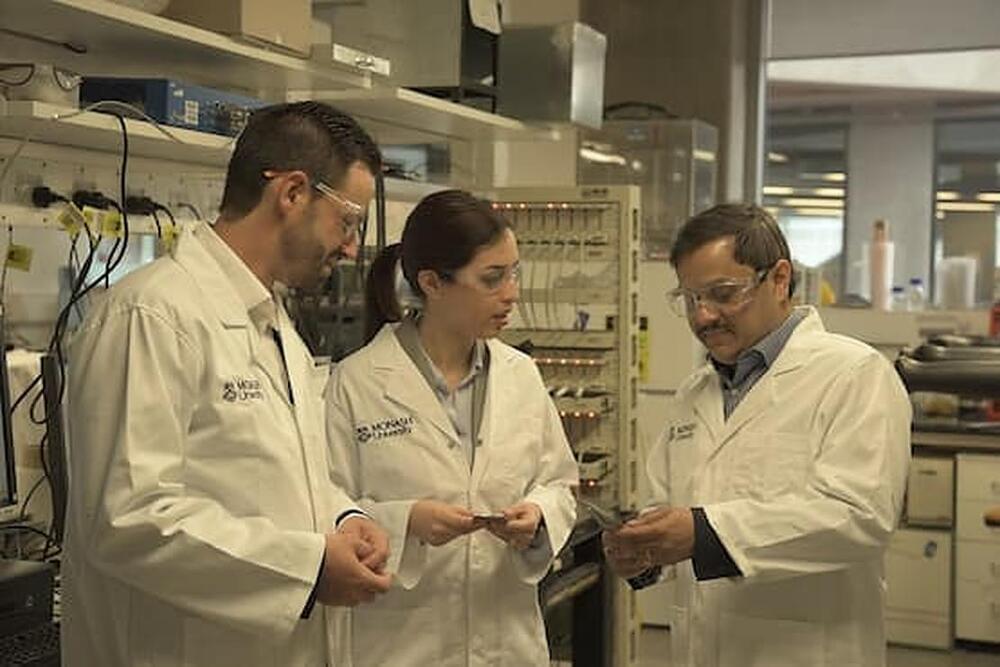
Australian researchers announce lithium-sulfur battery breakthrough
Researchers have restored muscle function in research animals with gene therapy. The approach could someday lead to new treatment methods in the elderly.
A team of researchers from Monash University’s Faculty of Engineering have redesigned the heart of a lithium-sulfur battery, creating a new interlayer that allows for exceptionally fast lithium transfer, as well as an improvement in the performance and lifetime of the batteries.
Risky Asteroid to Reach Earth by 2023 But Poses No Harm, Experts Say
Earlier this year, a space rock was estimated to hit the planet in 2023. Read on to know how this prediction changed, and how astronomers carry out studies for this type of event.

“Power suits” for EVs promise an acceleration and 25% range boost
There is an exciting branch of battery research that involves combining the strength and durability of next-generation materials with their energy storage potential. This could see car panels double as their batteries, for example, and in a new example of what this could look like scientists have developed a “power suit” for electric vehicles that could not only extend their range, but give them a handy boost in acceleration at the same time.
Sometimes known as structural batteries, we’ve seen some interesting recent advances in this space from research groups and even big-name automakers. Back in 2013, Volvo demonstrated carbon fiber body panels with energy storage potential, and we’ve seen other teams show off similar concepts since. These projects sought to combine the high energy density of batteries with the ultra-fast discharge rates of supercapacitors, in materials strong enough to serve as a car’s exterior.
This new breakthrough continues this line of thinking, with scientists at University of Central Florida and NASA designing a new material featuring unique properties that allow for not just impressive energy storage potential, but also the strength needed to endure a car crash.
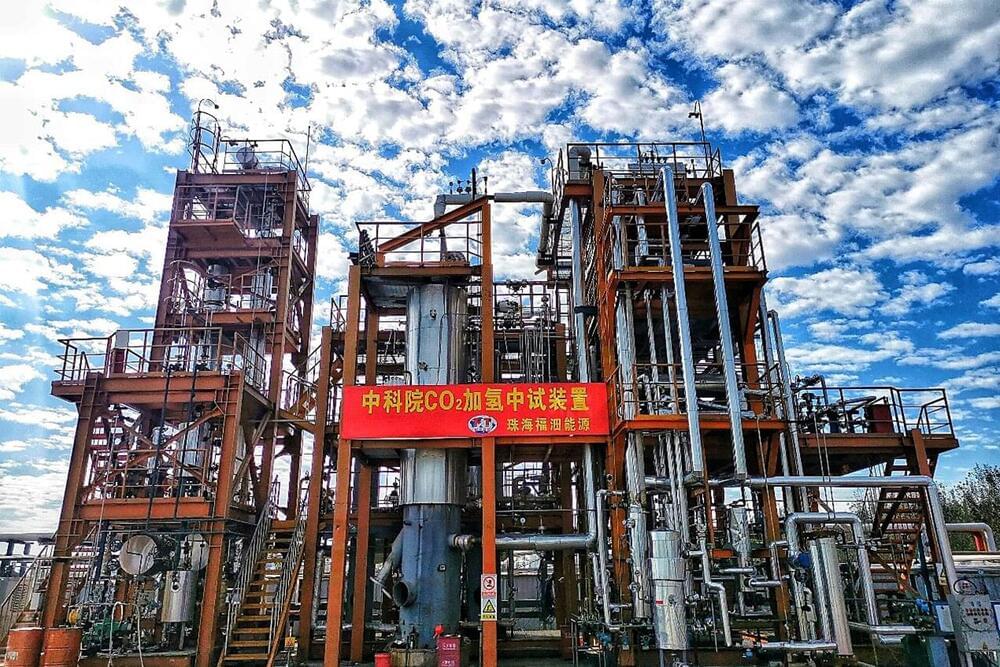
Pilot project producing gasoline from CO2 hydrogenation completes its trials
The world’s first demonstration device to produce 1,000 tons of gasoline per year from carbon dioxide (CO2) hydrogenation has completed its technology evaluation and trial operation.
Located in the Zoucheng Industrial Park, Shandong province, China, the project has been jointly developed by the Dalian Institute of Chemical Physics (DICP) of the Chinese Academy of Sciences (CAS) and the Zhuhai Futian Energy Technology company. The hydrogenation of CO2 into liquid fuels and chemicals can not only realize the resource utilization of CO2 but also facilitate the storage and transportation of renewable energy.
However, activation and selective conversion of CO2 are challenging. A technology that can selectively produce energy-dense, value-added hydrocarbon fuels will provide a new route to promote the clean, low-carbon energy revolution.